Jono
TPF Noob!
- Joined
- Feb 3, 2007
- Messages
- 87
- Reaction score
- 13
just realised my little Easyshare had an exposure adjustment function from -2.0 to +2.0 (i'm new to this so bear with me!) so had a fiddle & took some shots of the fire in our lounge. Some look better than others and some are just bad. I cant remember which was what exposure was used on what picture. Can someone explain to me what the exposure actually does in laymans terms & how I can use this to my advantage.Thanks in advance.
1:

2:

3: in black & white)
in black & white)

4:

5:

6:
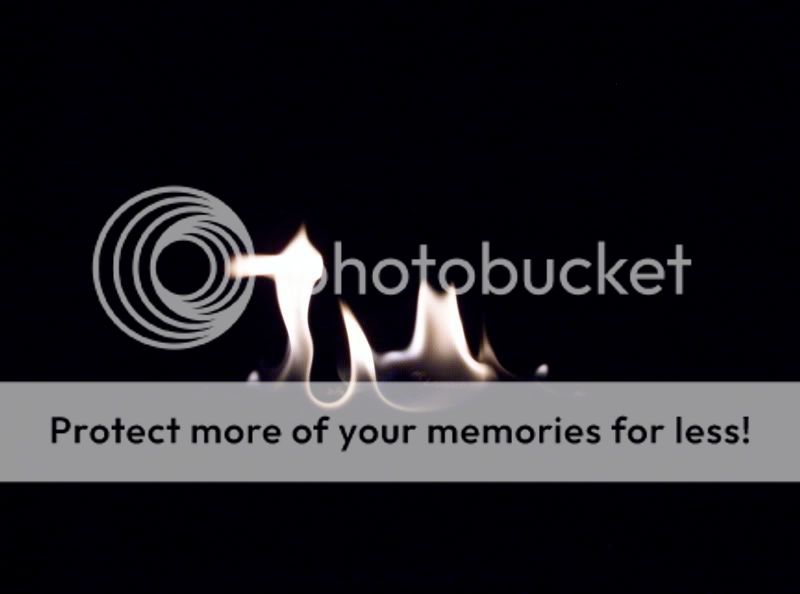
1:

2:

3:

4:

5:

6:



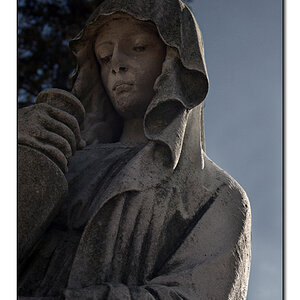

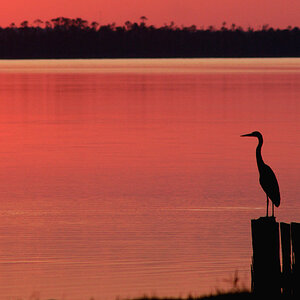
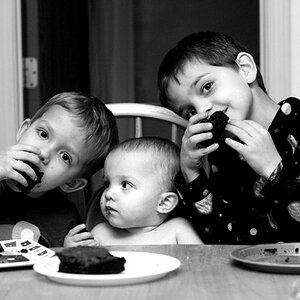
![[No title]](/data/xfmg/thumbnail/38/38742-02271ebbfd9d0efdddfac04f9fde5694.jpg?1619738704)

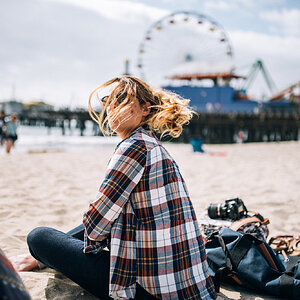
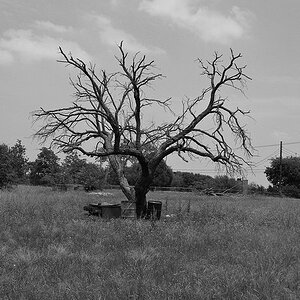
![[No title]](/data/xfmg/thumbnail/32/32433-abebb6cea0cf29d5f27d9054c7b0664e.jpg?1619735443)
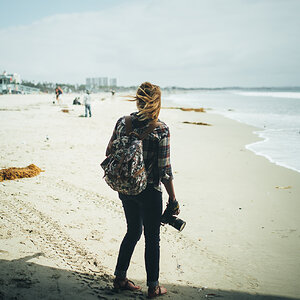
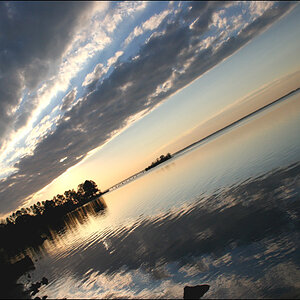
![[No title]](/data/xfmg/thumbnail/38/38741-89a8c6f9d841889783a4fae2b8c40902.jpg?1619738704)